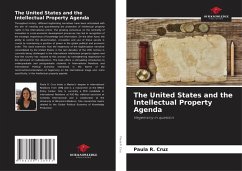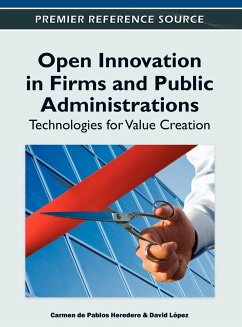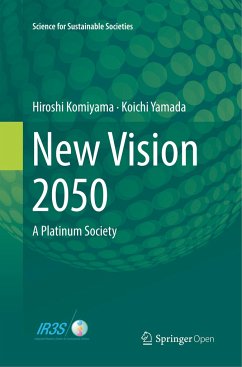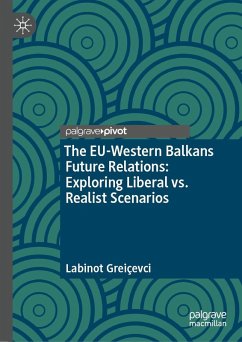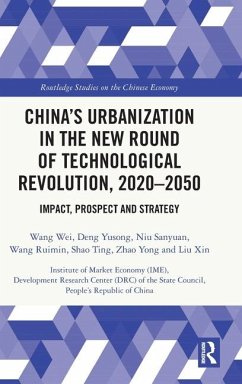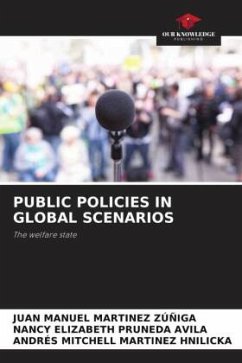
Substitutability of Capital: UK Scenarios 2050
A conceptual contribution and proof-of-concept analysis with future scenarios through to 2050
Versandkostenfrei!
Versandfertig in 6-10 Tagen
52,99 €
inkl. MwSt.

PAYBACK Punkte
26 °P sammeln!
The idea of overcoming natural resource scarcity by substituting man made capital for natural capital is being ardently discussed by more people than ever. In this study the exploratory notion of "runaway capital" is introduced into a hypothetical sustainable society model. Runaway capital accounts for capital which, far from yielding services people prefer, yields services that "escape" those institutional arrangements that a sustainable society would demand, hence inducing a sort of "production failure" into the economy. The result is an heuristic model of long run substitutability that is t...
The idea of overcoming natural resource scarcity by substituting man made capital for natural capital is being ardently discussed by more people than ever. In this study the exploratory notion of "runaway capital" is introduced into a hypothetical sustainable society model. Runaway capital accounts for capital which, far from yielding services people prefer, yields services that "escape" those institutional arrangements that a sustainable society would demand, hence inducing a sort of "production failure" into the economy. The result is an heuristic model of long run substitutability that is tested against four "empirical" scenarios to the year 2050 featuring cars, food and green homes in the UK as topical entry points. The highly original work that you have in your hands demonstrates the need to grasp long run substitutability alongside the social legitimation and governance of capital inputs. In passing, it does a good job at improving the quality of our expectations about the "internalisation of externalities" agenda. Environmental, ecological economists and non-economists alike will find it marvellosly insightful and inspiring, they should obviously read it and enjoy.




